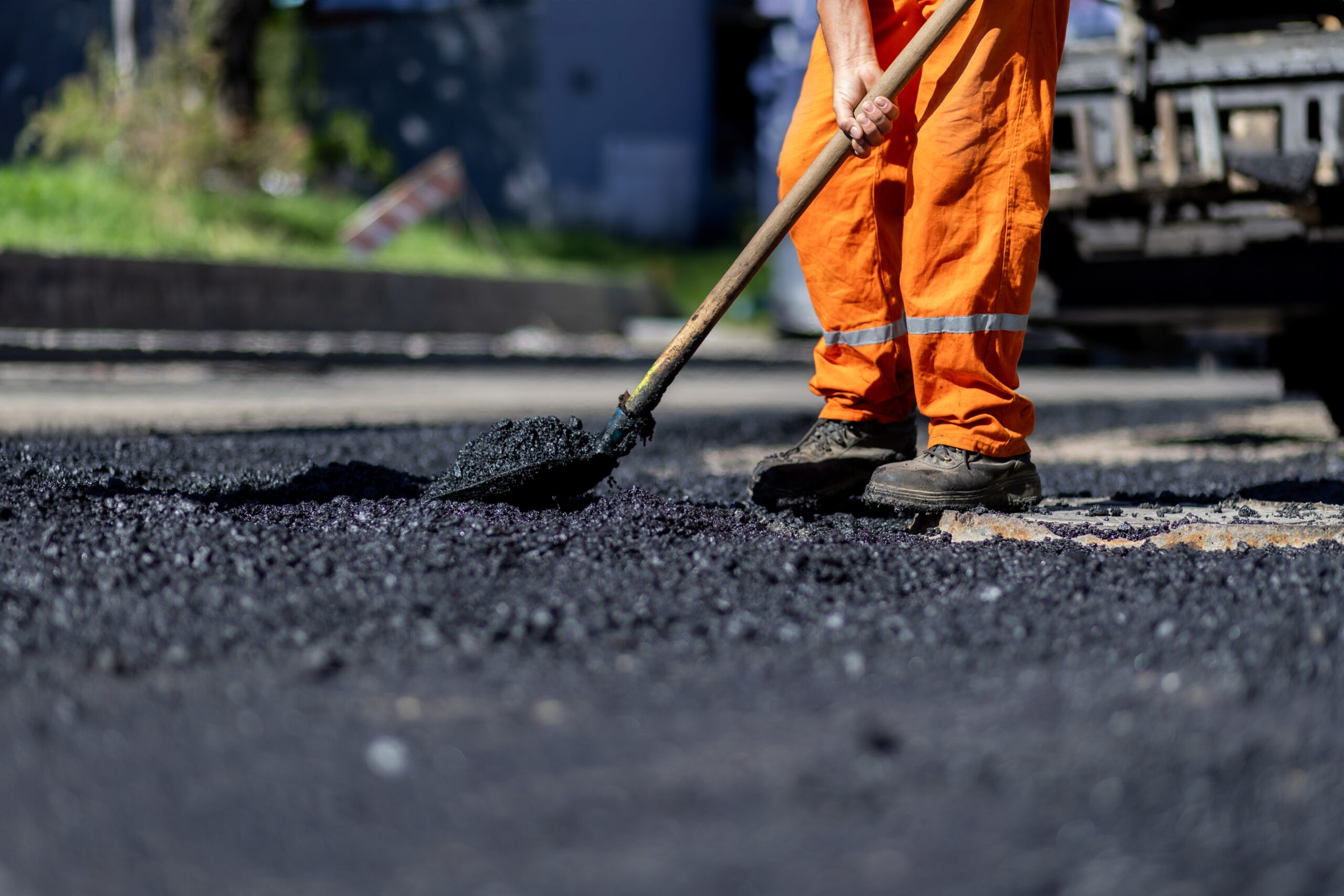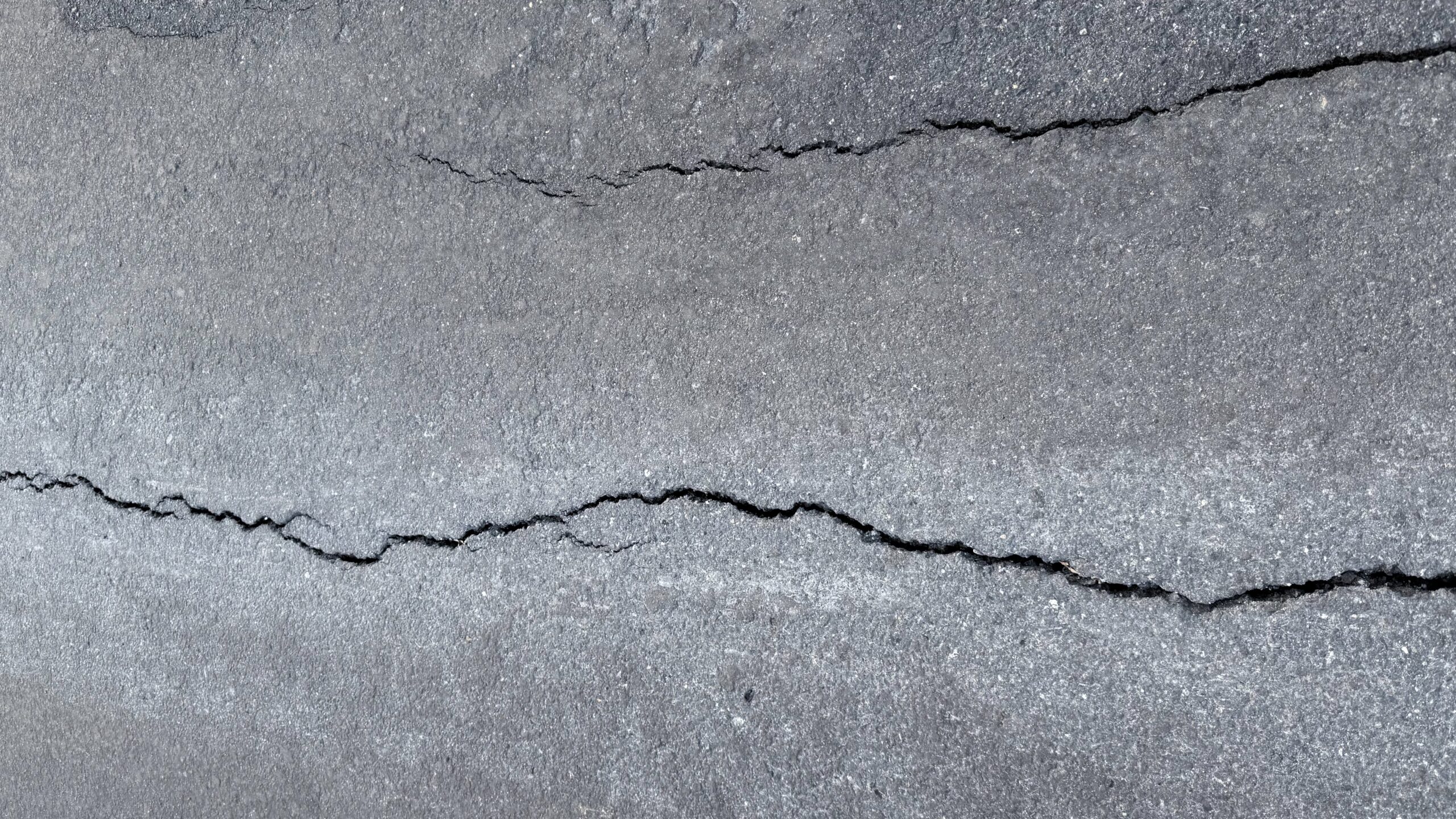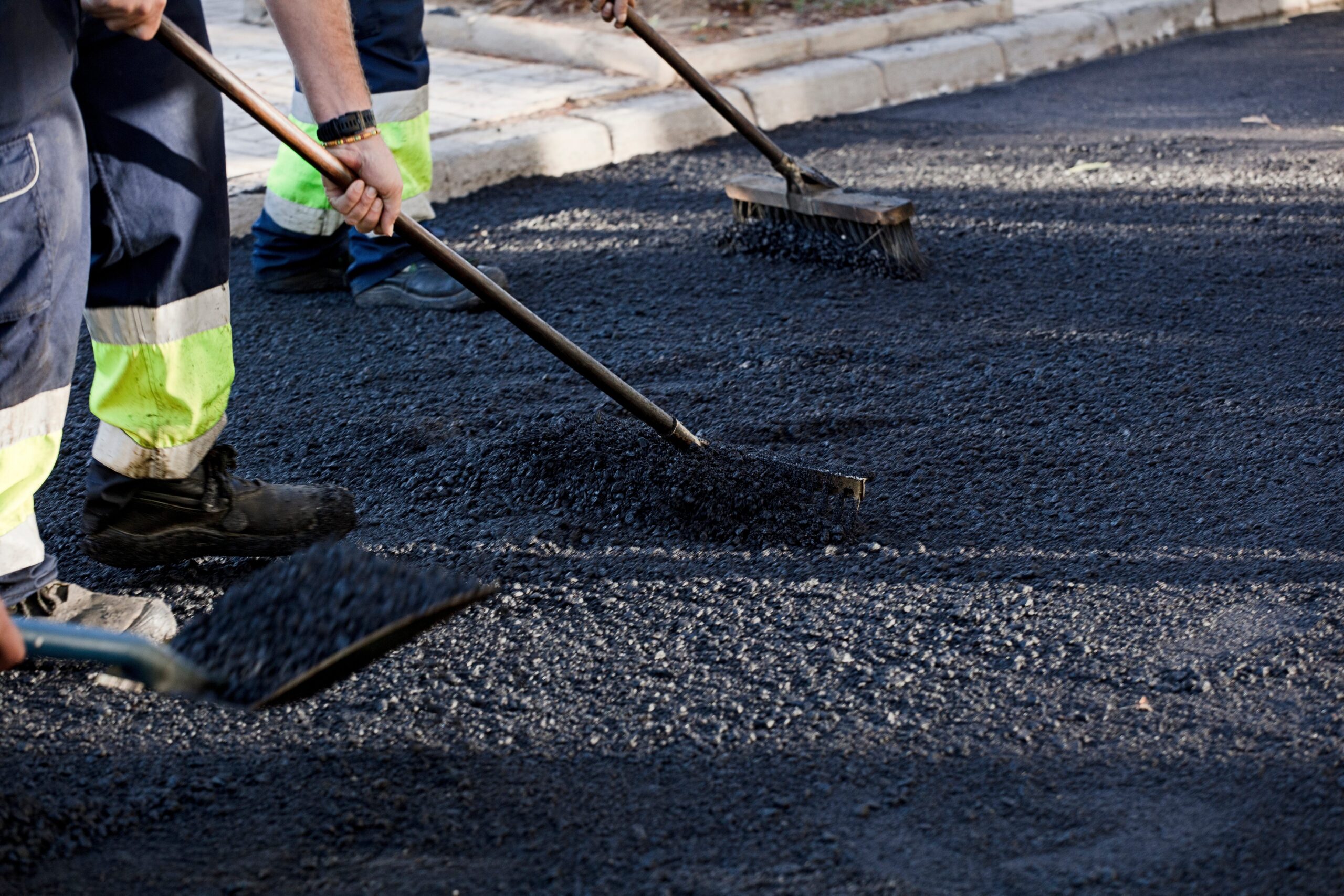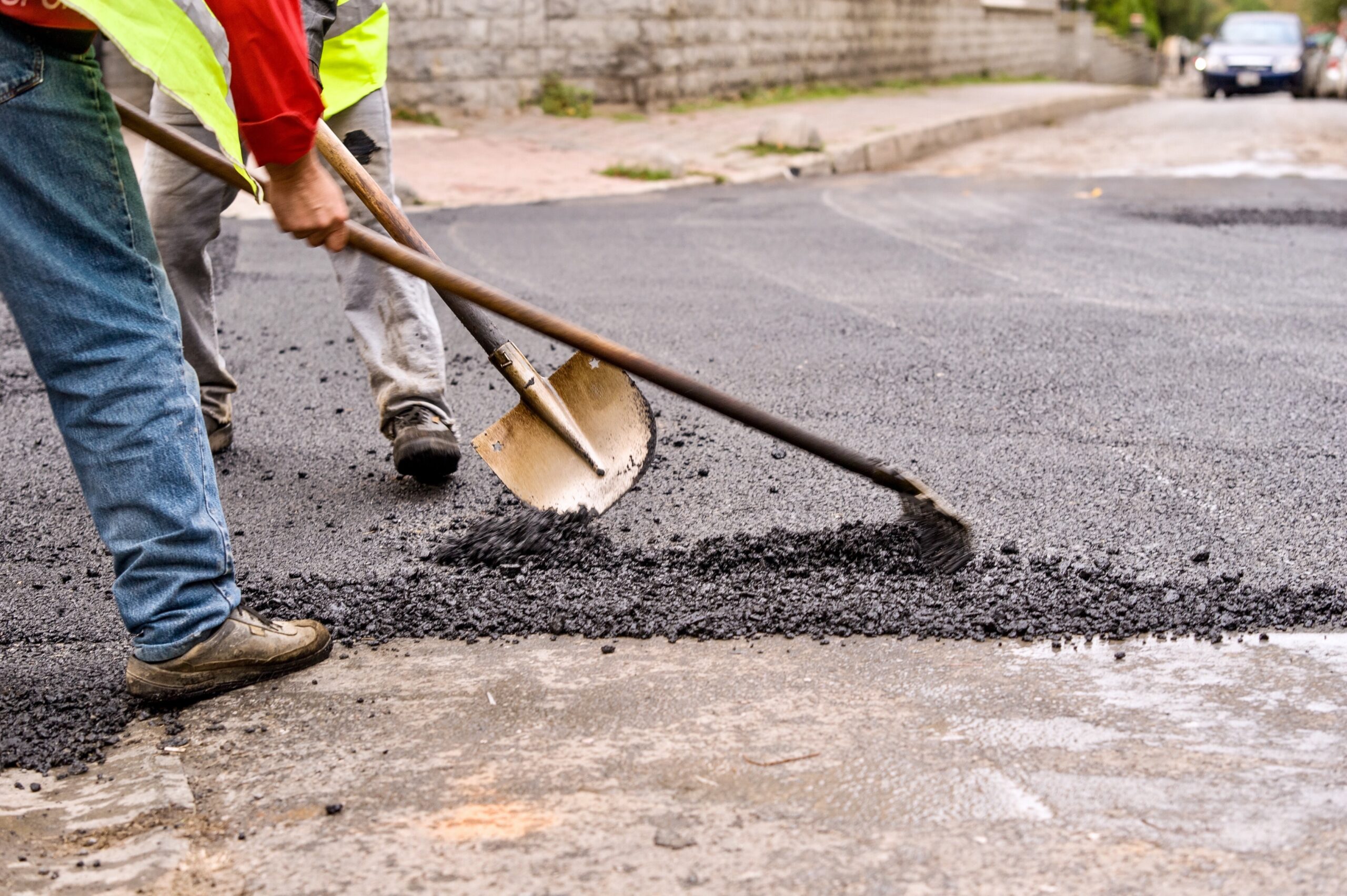
Asphalt Paving Services for Colorado Springs: What You Need to Know
October 5, 2025
If you’re looking into asphalt paving services in Colorado Springs, you’re aiming for more than a clean layer of blacktop. You need a pavement system that can withstand constant traffic, endure Colorado’s unpredictable weather, and remain dependable year after year. Successful asphalt paving comes down to using the right materials, ensuring solid site preparation, and
Read
Crack Sealing vs. Patching: What’s Best for Denver’s Changing Climate
November 22, 2025
Denver’s weather is unpredictable. A sunny morning can turn into a freezing evening, and snowmelt one day may refreeze by the next. These constant temperature swings put serious stress on paved surfaces. Asphalt expands and contracts, moisture seeps in, and small cracks can quickly grow if left untreated. For property owners, choosing the right repair
Read
Why Early Spring Asphalt Inspections Are Critical for Denver Businesses
November 22, 2025
Spring is a crucial season for asphalt maintenance in Denver, as pavement surfaces often reveal the cumulative impact of winter’s freeze-thaw cycles, heavy snow, and deicing chemicals. Cracks, potholes, and water infiltration compromise both durability and safety, posing risks to employees, customers, and delivery vehicles. Early spring inspections enable businesses to identify signs you shouldn’t
Read
Choosing the Right Asphalt Mix for Colorado Springs’ Mountain Climate
November 22, 2025
Choosing the right asphalt mix is essential for businesses and municipalities in Colorado Springs because the mountain climate creates unique challenges. Harsh winters, freeze-thaw cycles, and heavy precipitation can damage pavements, causing cracks, potholes, and faster wear. The Federal Highway Administration reports that during thawing periods in freeze-thaw climates, the strength of pavement base layers
Read